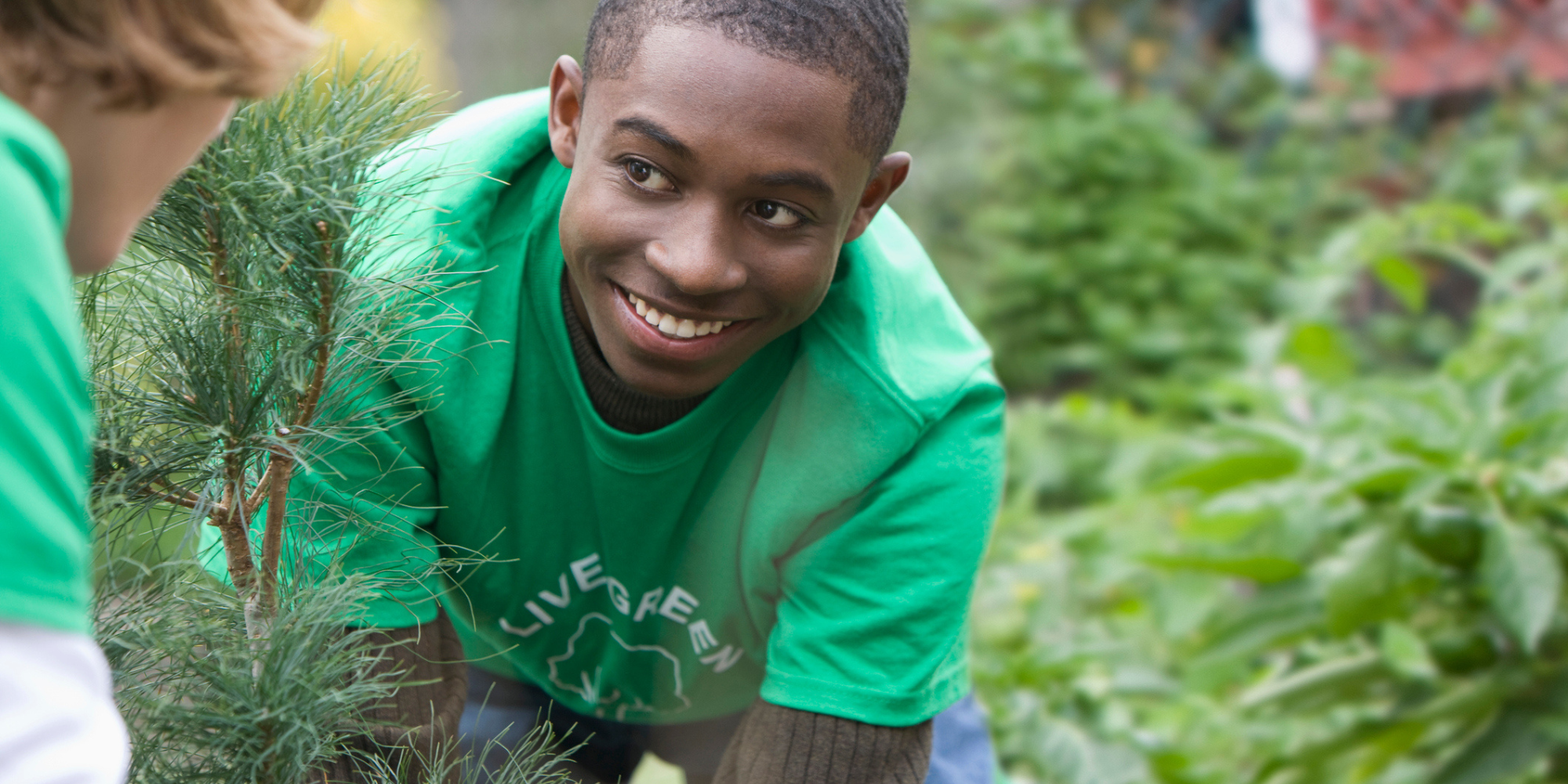Creatively layering policy solutions. That is what several cities in the New York City metropolitan area are doing as a way to achieve city climate resilience and sustainability goals while also providing ways for children to connect to nature. In doing so, these cities are building future citizens with equal passion for nature and sustainability.
Looking at a cross-section of cities, a new partnership between Regional Plan Association (RPA) and Cities Connecting Children to Nature (CCCN) — a joint partnership of NLC and the Children & Nature Network — found compelling examples in cities and towns large and small whose aim is to achieve sustainability goals while also connecting children to nature. These examples provide ready inspiration during Earth Month, April 2023.
A newly released fact sheet from CCCN and RPA, as well as an explanatory webinar, provide support for other cities to embark on this process through up to four areas of opportunity:
- Formalize ties among local agencies, departments, and offices to increase capacity to foster equitable connections to nature for children while achieving sustainability goals.
- Orient resilience and sustainability projects to include a focus on bringing nature’s benefits to children and protecting the natural environment.
- Engage children and youth in shaping resilience and sustainability plans and projects to instill a sense of ownership and stewardship.
- Pursue funding and innovative relationships to advance sustainability, resilience, and health and well-being goals by bringing nature’s benefits to children.
The Resilience Context
Across the country, local governments are taking important steps towards becoming centers of climate resilience. Many have set goals for lowering emissions, investing in green infrastructure, and reducing the adverse impacts of climate events on communities. CCCN and RPA found that in the NY area, many towns and cities are maximizing these efforts while also finding ways to improve health and well-being for children, all under the pursuit of achieving broader sustainability and community health goals.
What does it look like at the local level to combine sustainability and resilience efforts while also increasing children’s access to nature? Sometimes it’s a project, sometimes, a plan. Below are a few examples that the CCCN-RPA team found during the interview process.
- PLANS AS POLICY IN BRIDGEPORT, CT and NEWARK, NJ
Plan Bridgeport is a ten-year comprehensive plan published in 2019 by the city Office of Planning and Economic Development, which identifies “Bridgeport Values Nature” as a guiding principle for this coastal city with a large low- to moderate-income population. The plan highlights ways that development has affected the city’s natural environment, proposes steps to address climate change and better integrate urban life with the natural environment, and establishes implementation goals including “Connect Education with Nature.” Subtasks within that goal include educating residents about natural habitats and biodiversity, adding more environmental education to school curriculums, and using Bridgeport’s natural resources to create nature-based learning. Similarly, Newark, NJ provides an example of a city whose sustainability plan makes an explicit mention of improving the health of children. - STORMWATER DRAIN ART IN NEW HAVEN, CT
Lots of Fish in New Haven provides public education and outreach about stormwater systems with support from several City of New Haven departments and a range of other partners, as part of the city’s Municipal Separate Storm Sewer System (MS4) permit with the US Environmental Protection Agency. Young city residents led by local social impact artist JoAnn Moran decorate storm drains with latex paint to bring attention to keeping the drains clean. Some designs look like the mouths of animals and carry the message that only water should go into their mouths, not pollution or other debris. Youth hired by Green Jobs 4 Youth, a youth service corps organization, and volunteers from Evergreen Family Oriented Tree, Inc. maintain the painted storm drains. - GREEN SCHOOLYARDS IN NEW YORK, NY
The New York City Department of Environmental Protection (NYCDEP) and the School Construction Authority have partnered with the nonprofit Trust for Public Land (TPL) with a goal of creating 20 additional green schoolyards between 2021 and 2025. Through its Community Schoolyards project, Trust for Public Land builds schoolyards that also function as green infrastructure by incorporating bioswales, rain gardens, trees, and other elements that absorb stormwater and reduce the urban heat island effect, while providing nature-based learning and play right outside the schoolhouse door. Students join professionals hand-in-hand to design the green schoolyards.
These examples, and others, help paint a picture of how cities can achieve mutual benefits by maximizing nature-based sustainability solutions that also provide children with access to the many proven benefits of nature. Cities are finding that nature-based solutions can fulfill sustainability, climate resiliency and community health and well-being goals.
The findings from the RPA and CCCN partnership present an opportunity for city leaders to support dialogue and projects around these two topics – sustainability and resilience, and children and nature connections. It will be critical to build capacity at a foundational level with staffing, funding, time, and resources. These are steps city leaders can encourage across many departments.
Interested in learning more about the opportunities to align sustainability and children and nature connections? Check out these resources from CCCN.
- Watch Webinar Recording about Sustainability and Connecting Children to Nature Resources from Sept. 21, 2022, a virtual event
- Download the Fact Sheet: Connecting Children to Nature and Sustainability
- Read Children & Nature Network’s Finding Nature News article: In Flagstaff, green schoolyards sprout after climate-related disasters
- Federal Funding Opportunities to Connect Children to Nature: An online resource
Additional Resources
- Sustainability & Resilience Resource
- Past CCCN Launch Blog examples:
- Sustainability Roundtable Slides
About the Authors
Written in collaboration with Tanya Pappa, Manager of Cities and Youth Engagement for Children & Nature Network and Ravena Pernanand, Research Analyst for Regional Plan Association










